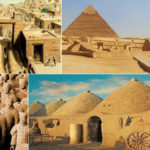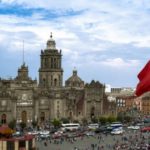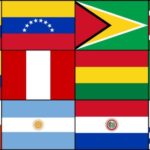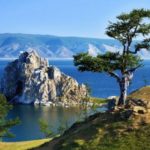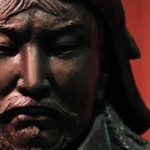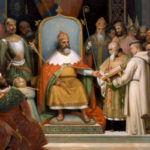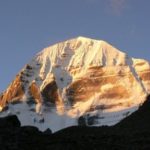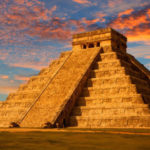26 interesting facts about the Aztecs
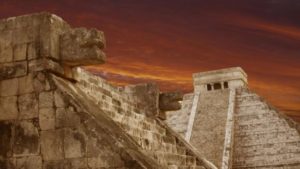 The descendants of the Aztecs live now, these days, but their vast empire has remained in the distant past. She was truly amazing for her time, her representatives managed to develop many sciences, although at the same time some seemingly elementary things were unknown to the Aztec sages. Be that as it may, the Aztec star finally went down when their empire, already weakened by the gradual decline, shattered into shards under the crushing blow of the Spanish conquerors.
The descendants of the Aztecs live now, these days, but their vast empire has remained in the distant past. She was truly amazing for her time, her representatives managed to develop many sciences, although at the same time some seemingly elementary things were unknown to the Aztec sages. Be that as it may, the Aztec star finally went down when their empire, already weakened by the gradual decline, shattered into shards under the crushing blow of the Spanish conquerors.
They created floating islands on Lake Texoko, on which agricultural plants were then grown.
The Aztecs erected huge pyramids, comparable in size to the Egyptian ones.
Aztec grains of cocoa beans served as the equivalent of money.
Among the Aztec warriors, poetry was considered a noble and useful occupation.
All holidays in the Aztec empire were accompanied by sacrifices, including human ones, and there were enough volunteers for the role of the victim. Once during the four-day holiday, about 20 thousand people were sacrificed.
Before the Aztecs, in the place which their empire subsequently occupied, there was a different people, the Toltecs. According to Aztec traditions, it was from the Toltecs that they learned all their knowledge.
They were knowledgeable in medicine. Historians agree that in this science the level of their development corresponded to that of the ancient Greeks and Romans.
Children from the Aztecs began to learn to read and write in special schools from the age of 5.
Gambling was very popular in their empire. Some Aztecs even lost themselves in slavery, being unable to control their own excitement.
They had alcohol, but heavy drinking was supposed to be severely punished – the death penalty. Allowance was made only for the elderly.
The Aztecs captured the captives in the war into slaves, but slavery was not inherited, the child born from a slave mother was free. And the slaves themselves had the right to either redeem freedom or get it for free if they could prove that the master was cruel to them.
By the time of the meeting with the Spanish conquistadors, the Aztec empire occupied a vast space from the Pacific coast to the Gulf of Mexico.
About 1/5 of the total population of the empire was involved in agriculture. This is a bit, given the primitive technology, however, the Aztecs never had hunger thanks to established trade relations.
Aztec military prowess was measured by the number of captured prisoners. Killed enemies were much less valued than captured alive.
For centuries, the Aztec analogue of the nobility was not inherited; it could only be obtained for personal merits. The system was later changed.
Aztec cities were interconnected by guarded roads. The most severe punishment awaited any robbers and robbers.
The Aztecs won all the wars in which they participated, with the exception of one. The people of Purepecha, who owned the secret of processing copper and made copper weapons, rebuffed them and defended their lands.
Trade in the Aztec empire was valued above all. Even hostile cities traded peacefully among themselves.
The Aztecs expanded their possessions, capturing other cities, but not plundering them, but including them in the empire. Interestingly, archaeologists believe that after the transition under Aztec power, the standard of living in the captured cities increased.
Now there are about 1.5 million ethnic Aztecs living in the world. Most of them live in Mexican territory.
Translated from the Aztec language, the title of head of the empire meant roughly “Great Orator”.
After the Europeans arrived, an epidemic of typhoid fever broke out among the Aztecs, and they did not know how to deal with it, so about 15 million people, that is 4/5 of this people, died out in the 16th century.
The Aztec average life expectancy was only slightly more than 40 years.
The descendants of the Aztecs in the modern world are called “Nahua”.
These people considered snakes tasty and wholesome food.
The ancestors of the Aztecs came to the lands that they subsequently occupied, from the north, from where the United States is now located.

